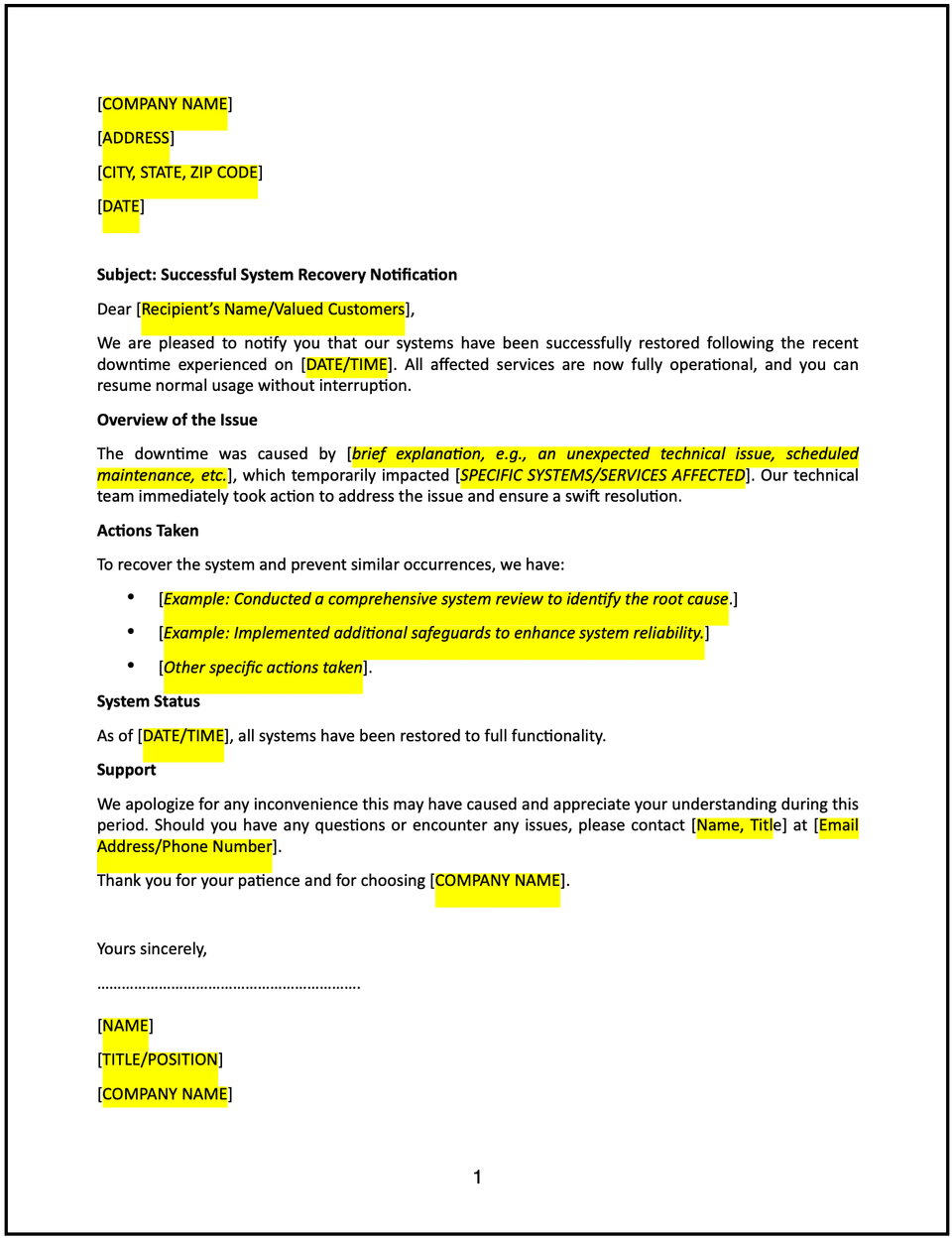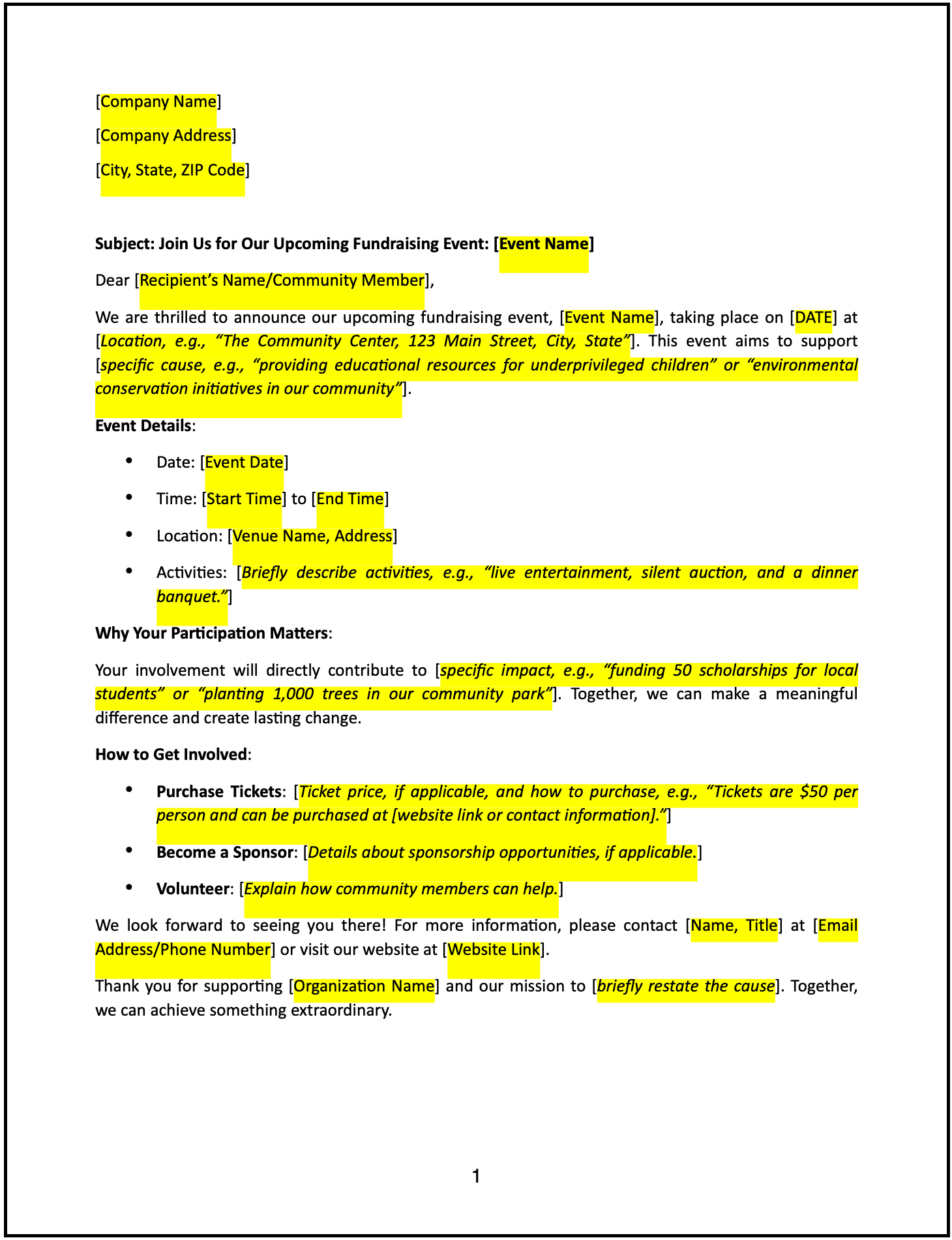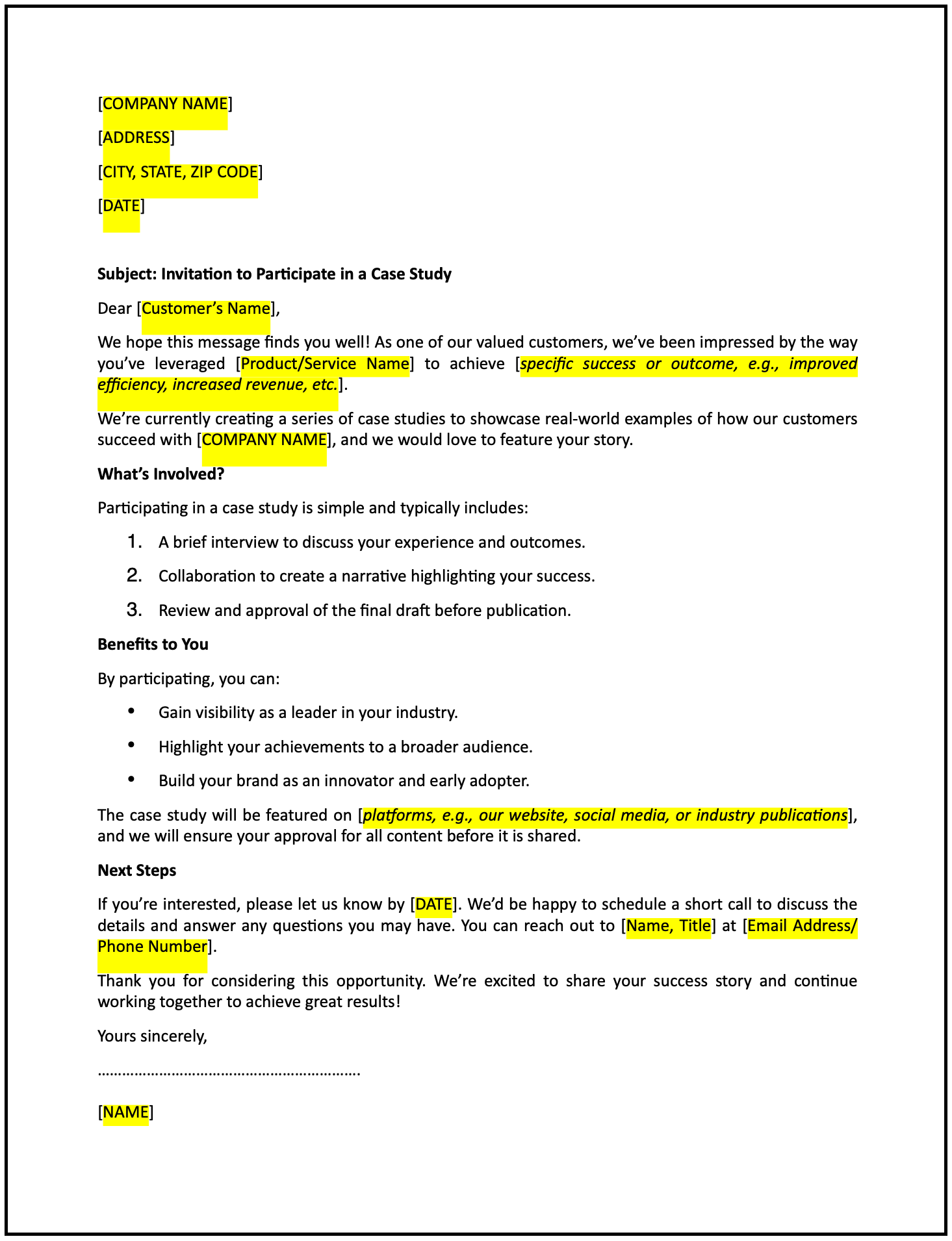Letter of successful system recovery after downtime: Free template

Letter of successful system recovery after downtime
A notification letter of successful system recovery after downtime is a formal communication used to inform stakeholders, employees, or customers that normal operations have resumed following a system disruption. This letter provides an overview of the issue, outlines actions taken to restore functionality, and reassures stakeholders of the organization’s commitment to minimizing future disruptions.
How to use this letter of successful system recovery after downtime
- Open with an introduction: Address the recipients respectfully and state the purpose of the letter—to confirm the resolution of a recent system downtime.
- Provide context: Briefly describe the nature of the downtime, including when it occurred and which systems or services were affected.
- Confirm the recovery: Clearly state that the systems have been successfully restored and are now fully operational.
- Outline actions taken: Share key steps that were implemented to resolve the issue and prevent recurrence.
- Reassure stakeholders: Emphasize your commitment to maintaining system reliability and minimizing future disruptions.
- Offer support: Provide guidance on any follow-up actions required from recipients, such as resetting passwords or reporting lingering issues.
- Maintain a professional tone: Ensure the letter is clear, respectful, and focused on fostering trust.
- Provide contact information: Include details for recipients to reach out with questions or report additional concerns.
Benefits of using a letter of successful system recovery after downtime
This letter ensures a structured and professional way to communicate the resolution of system downtime while fostering trust and transparency. Here’s how it helps:
- Promotes transparency: Clearly outlining the resolution builds trust and reduces uncertainty.
- Reflects professionalism: A well-crafted letter demonstrates attentiveness to stakeholder concerns.
- Reassures stakeholders: Prompt communication reassures recipients of the organization’s commitment to reliability.
- Encourages collaboration: Providing guidance fosters engagement in ensuring ongoing stability.
- Mitigates reputational impact: Proactively addressing downtime recovery minimizes potential reputational risks.
Tips for writing an effective letter of successful system recovery after downtime
- Be specific: Clearly describe the downtime’s nature, affected systems, and actions taken to resolve the issue.
- Use professional language: Maintain a respectful and transparent tone to build trust and confidence.
- Provide context: Briefly explain the steps being taken to prevent similar incidents in the future.
- Highlight next steps: Share actionable advice for recipients, such as reporting lingering issues or accessing restored systems.
- Keep it concise: Focus on the key points while ensuring the tone is professional and reassuring.
Frequently asked questions (FAQs)
Q: What details should I include in this letter?
A: Include the downtime’s nature, resolution actions, affected systems, and guidance for stakeholders.
Q: Should I personalize the letter?
A: Yes, addressing recipients directly ensures clarity and demonstrates attentiveness.
Q: Who typically sends this letter?
A: IT managers, operational leads, or organizational leadership typically send this letter.
Q: How formal should this letter be?
A: The tone should be professional yet approachable, focusing on transparency and resolution.
Q: When should this letter be sent?
A: Send the letter promptly after confirming the systems have been restored to minimize uncertainty.
Q: Can this letter include preventative measures?
A: Yes, referencing steps to prevent future disruptions demonstrates accountability and builds trust.
Q: Is acknowledgment from recipients required?
A: While not mandatory, requesting acknowledgment ensures recipients are aware of the resolution and ready to proceed.
This article contains general legal information and does not contain legal advice. Cobrief is not a law firm or a substitute for an attorney or law firm. The law is complex and changes often. For legal advice, please ask a lawyer.


